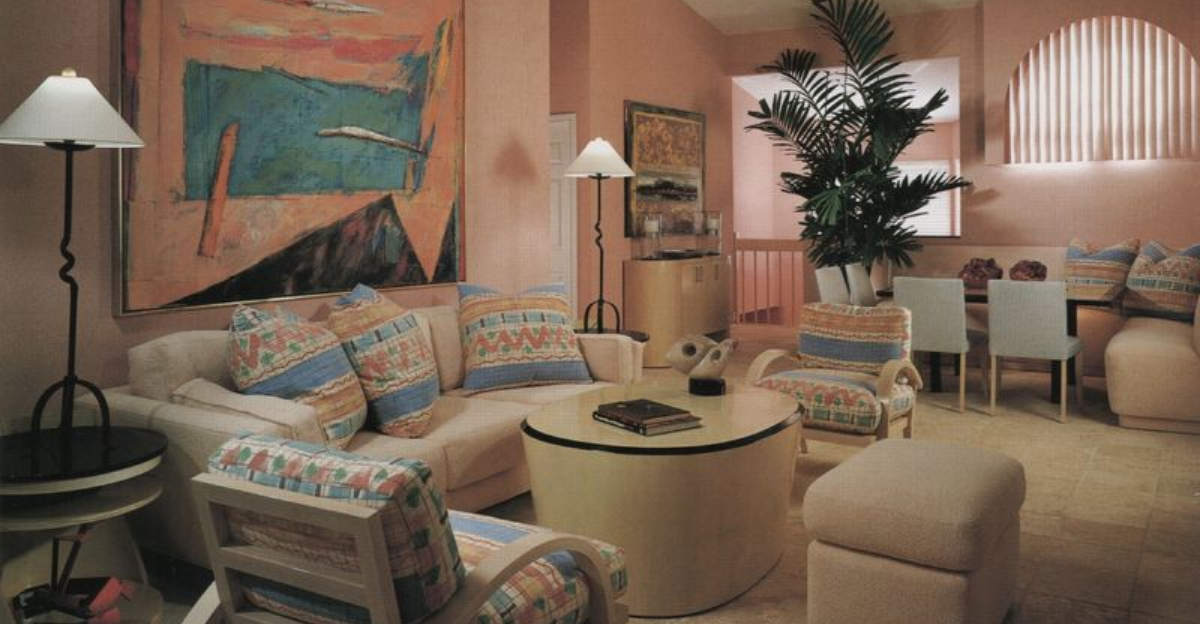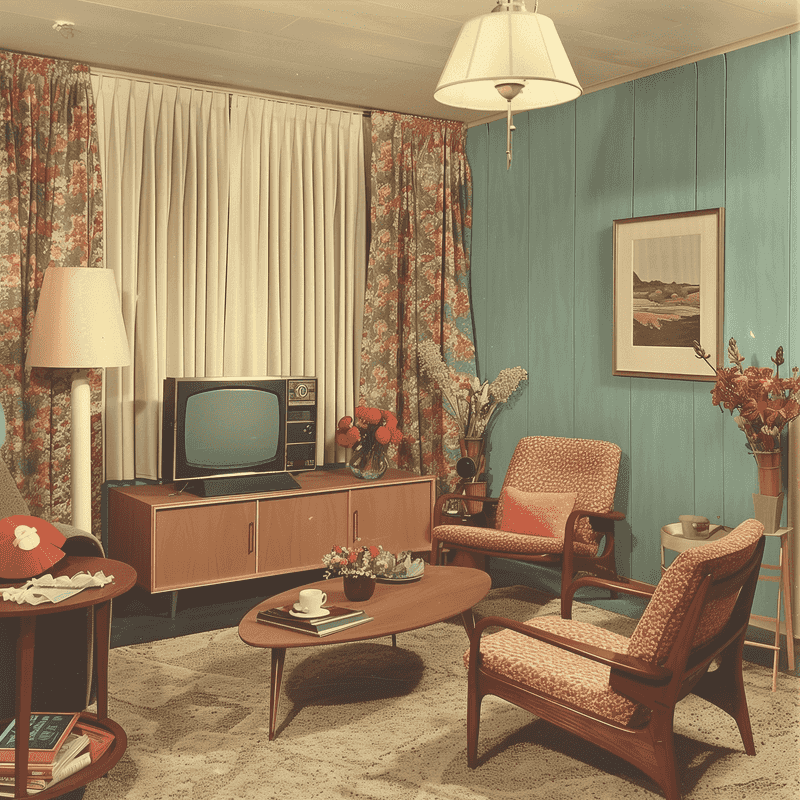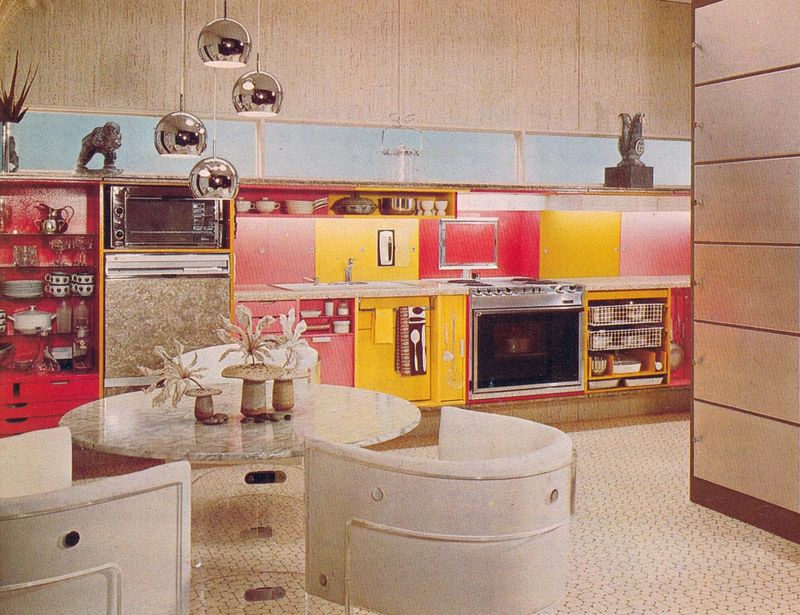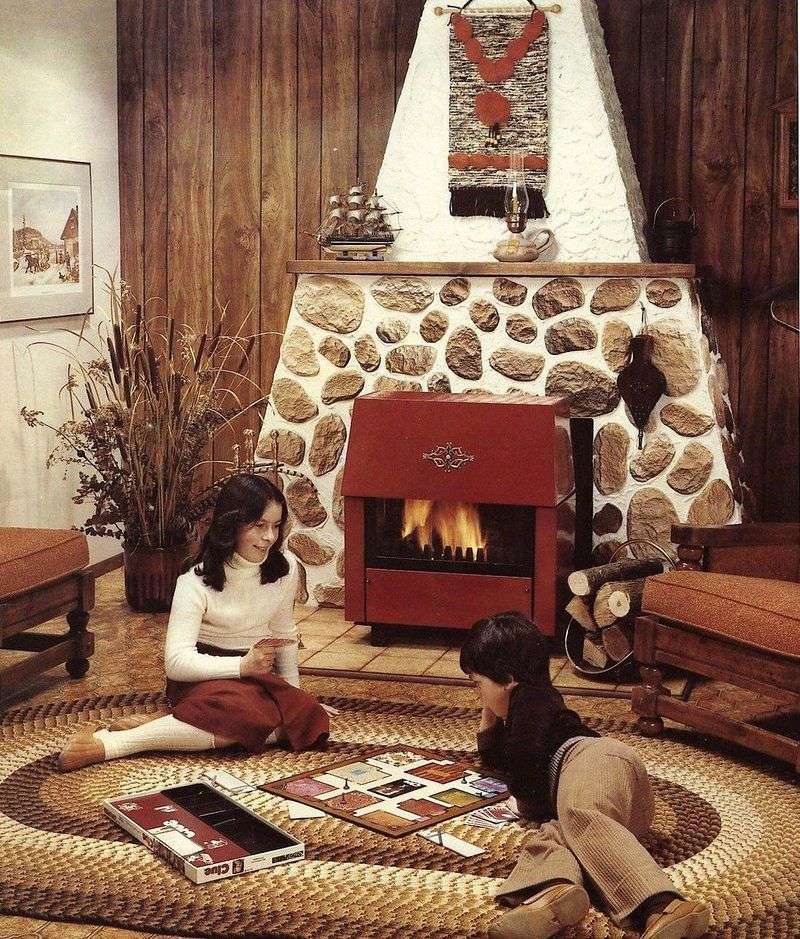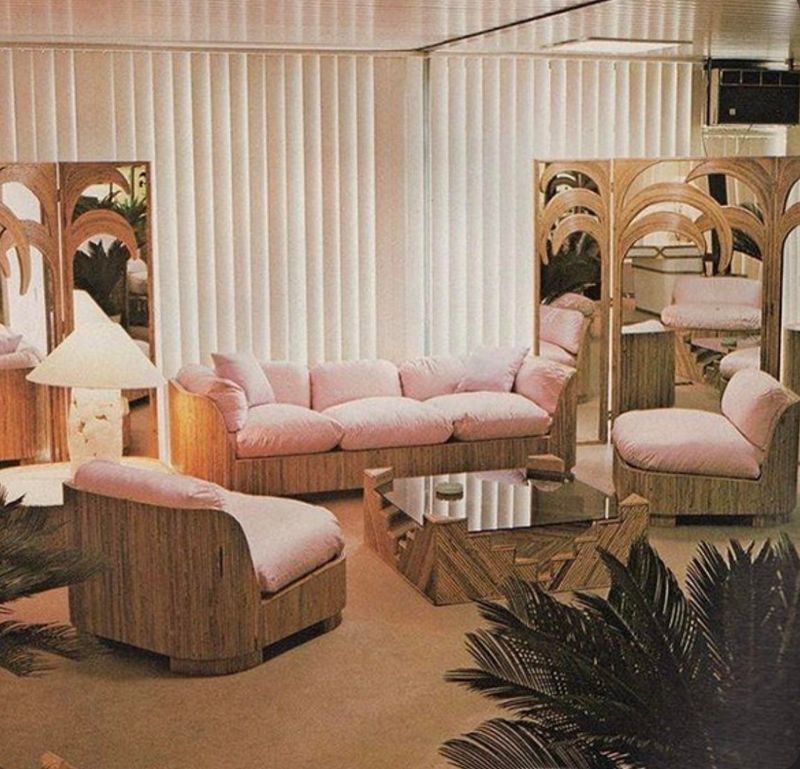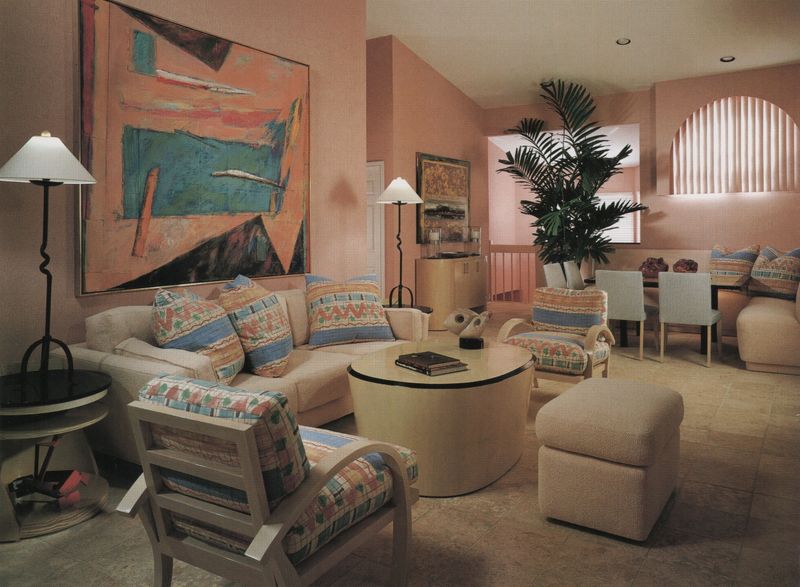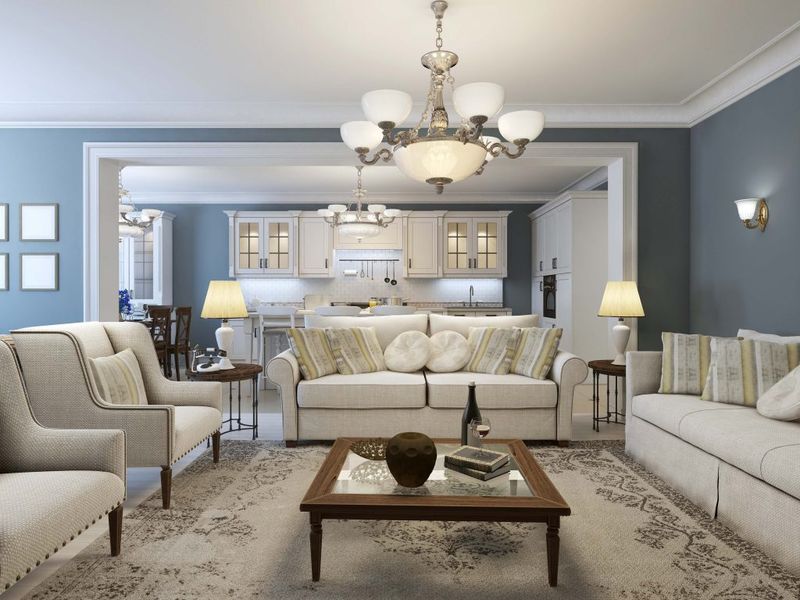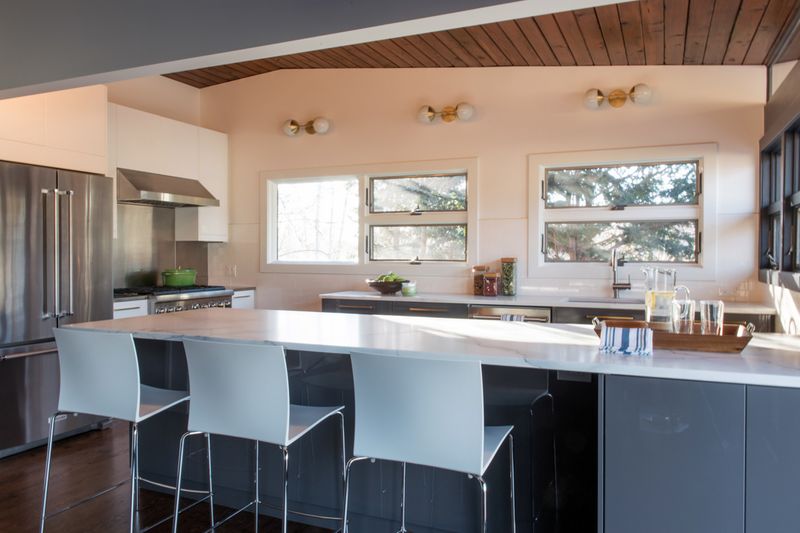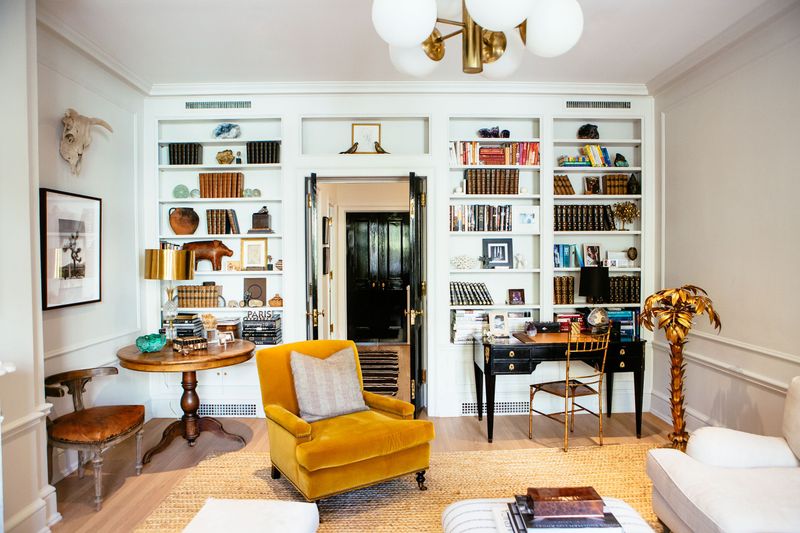The American home has evolved dramatically over the decades, reflecting the changing tastes, technologies, and lifestyles of each era.
From the mid-20th century to the present day, the design, decor, and functionality of homes have transformed, providing a glimpse into the social and cultural shifts of the time.
This blog post explores what the typical American home looked like in different eras, covering various aspects like architecture, interior design, and household technology.
Let’s take a nostalgic journey back in time to see how homes have changed over the years.
1. The 1950s: Post-War Simplicity
In the 1950s, American homes embraced a post-war simplicity with a focus on practicality and comfort. Ranch-style architecture was popular, characterized by single-story layouts and open floor plans.
Interiors featured vibrant colors, floral wallpaper, and mid-century modern furniture, creating a cozy and welcoming atmosphere. The living room often centered around a black-and-white television, which became a staple in many households.
Families gathered around for evening entertainment, reflecting the era’s emphasis on togetherness and community. The decade marked a shift towards suburban living, with an increased desire for space and a peaceful lifestyle.
2. The 1960s: Psychedelic Vibrancy
The 1960s brought a burst of color and creativity into American homes, reflecting the decade’s cultural revolution. Interiors were characterized by psychedelic patterns, bold colors, and eclectic decor.
Lava lamps and shag carpets became iconic, adding a touch of bohemian flair. Music played a significant role in home life, with vinyl records and turntables becoming household essentials.
Teenagers often personalized their spaces with posters and vibrant accessories, expressing individuality and rebellion. This era marked a departure from conventional design, embracing freedom and self-expression. Homes became a canvas for personal and artistic exploration.
3. The 1970s: Earthy Tones and Textures
In the 1970s, American homes embraced earthy tones and a connection to nature. Earthy color palettes with browns, greens, and oranges dominated interiors, creating a warm and inviting atmosphere.
Wood paneling and macramé decorations were prevalent, emphasizing texture and natural materials. Kitchens often featured avocado green appliances, a trend that defined the decade.
The rotary phone was a common sight, symbolizing communication and connection in a pre-digital world. Families gathered for meals in dining areas that reflected the era’s casual and relaxed lifestyle. The 1970s left a lasting imprint with its distinctive style and decor.
4. The 1980s: Bold and Brash
The 1980s were marked by bold and brash design choices, showcasing a love for extravagance and modernity. Neon colors, geometric patterns, and metallic finishes dominated interiors, creating an energetic and vibrant atmosphere.
The introduction of personal computers into homes represented technological advancement, changing the way households functioned. Video games became a popular pastime for teenagers, reflecting the era’s embrace of digital entertainment.
Glass block walls and mirrored surfaces added a futuristic touch, while open layouts encouraged socializing and interaction. The decade was defined by its daring and eclectic approach, leaving an indelible mark on interior design.
5. The 1990s: Cozy Minimalism
The 1990s saw a shift towards cozy minimalism in American homes, balancing comfort with simplicity. Neutral tones and minimalist decor created calming spaces, with a focus on functionality and relaxation.
The family room often featured a plaid sofa and a large television, serving as a hub for family gatherings and entertainment. Desktop computers became common, marking the rise of digital connectivity.
Houseplants added a touch of nature, enhancing indoor environments with greenery. This decade emphasized a return to basics, valuing practicality and homeliness over extravagance. Homes embraced a sense of peace and balance, resonating with the era’s ethos.
6. The 2000s: Modern Convenience
In the 2000s, American homes embraced modern convenience and technology, reflecting a fast-paced lifestyle. Open kitchen designs with stainless steel appliances became popular, offering functionality and style.
Flat-screen TVs replaced bulky models, providing sleek and efficient entertainment options. Smart home devices began to make their way into households, marking the advent of the digital age.
Young couples favored homes with granite countertops and energy-efficient solutions, aligning with contemporary trends. The 2000s emphasized ease and accessibility, catering to the needs of a tech-savvy generation. Homes became a blend of modern aesthetics and practical innovation.
7. The 2010s: Sustainable Chic
The 2010s witnessed a shift towards sustainable chic in American homes, focusing on eco-friendly design and practices. Reclaimed wood and natural materials were used extensively, promoting environmental consciousness.
Solar panels became a common feature, reflecting a commitment to renewable energy. Open concept living spaces encouraged interaction and connectivity in family life.
Energy-efficient lighting and appliances became standard, reducing environmental impact and utility costs. Young families embraced homes that combined style with sustainability, aligning with a growing awareness of ecological issues. This era marked a transformation towards responsible and forward-thinking living environments.
8. The 2020s: Adaptive Smart Living
The 2020s have brought adaptive smart living to the forefront of American homes, integrating advanced technology with daily life. Smart devices and virtual assistants have become commonplace, enhancing convenience and connectivity.
Remote work setups have transformed home environments, with dedicated spaces for productivity and creativity. Modular furniture allows for flexibility and adaptability in changing circumstances.
Sustainable materials continue to be valued, reflecting ongoing environmental awareness. Families with children find homes adapted to varied needs, balancing work, play, and rest. The decade highlights the fusion of technology and sustainability, offering innovative solutions for modern living.
